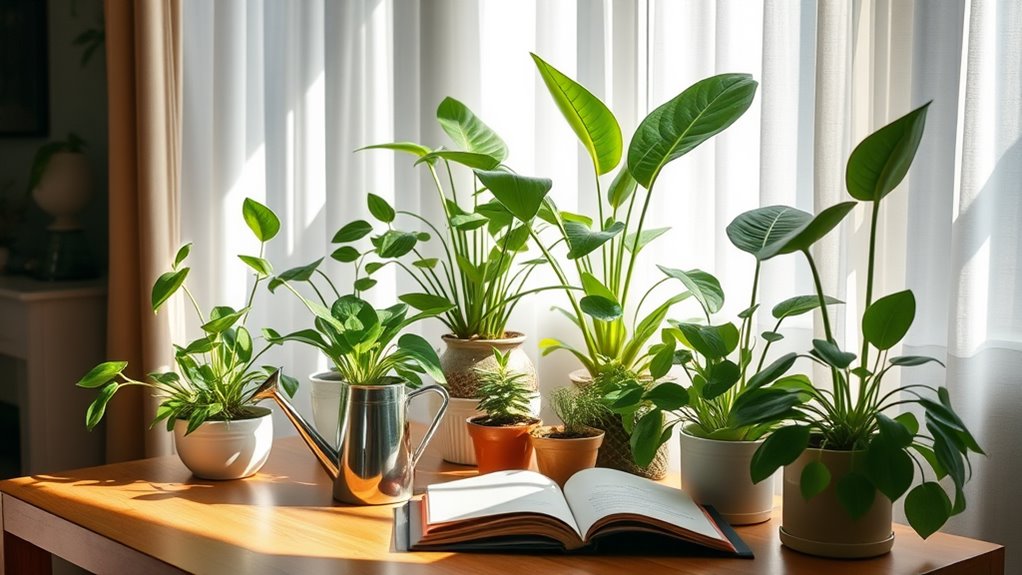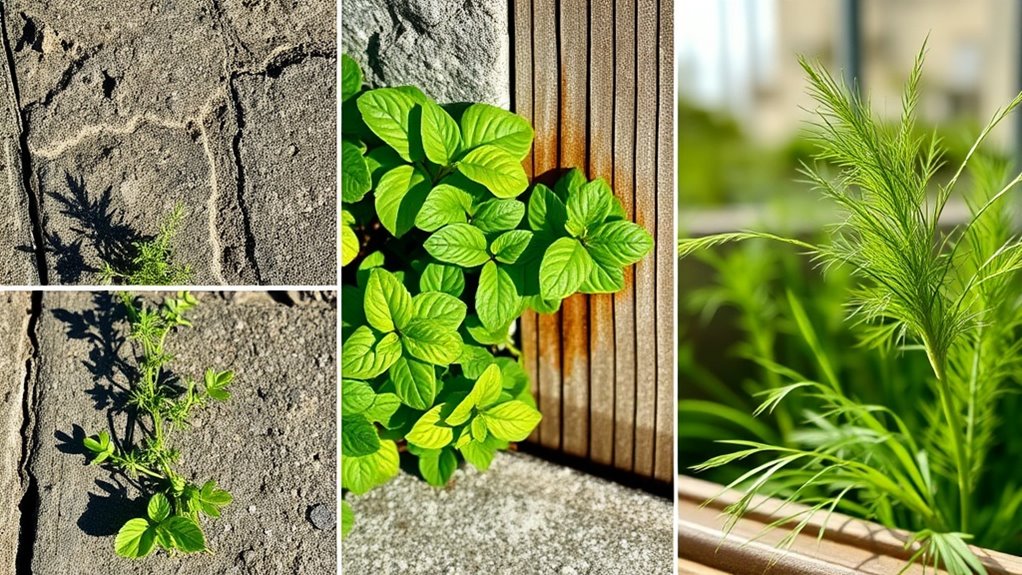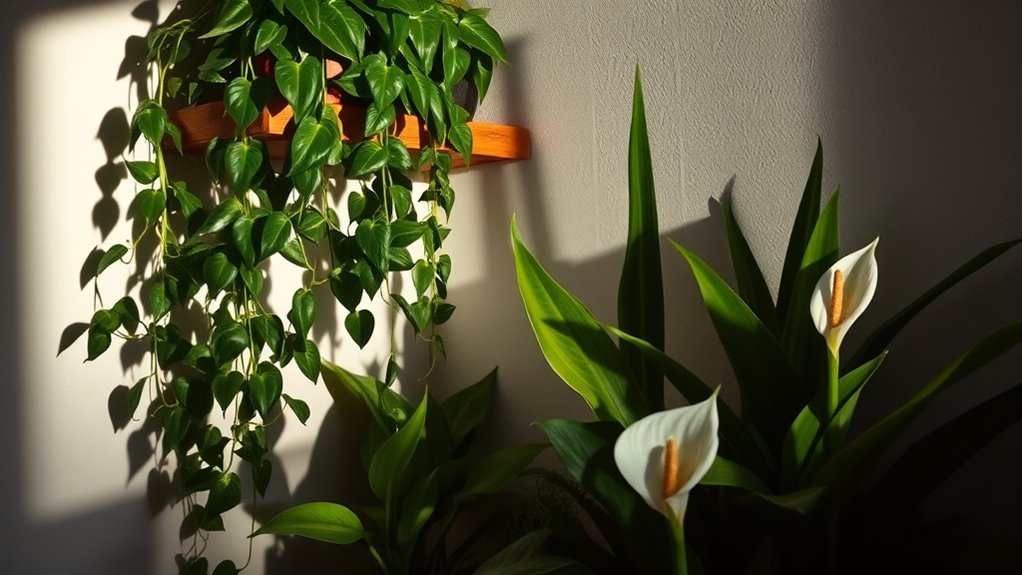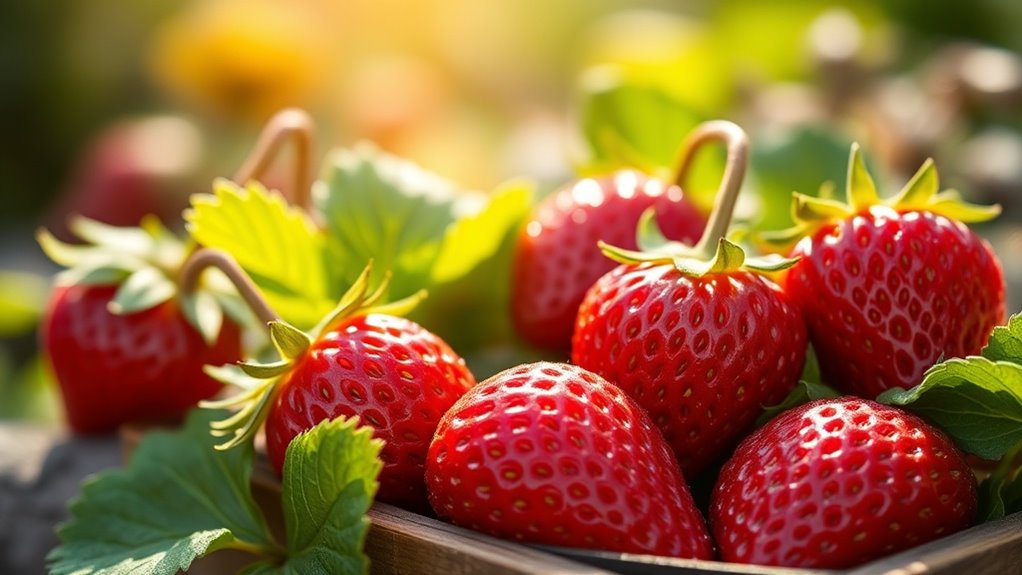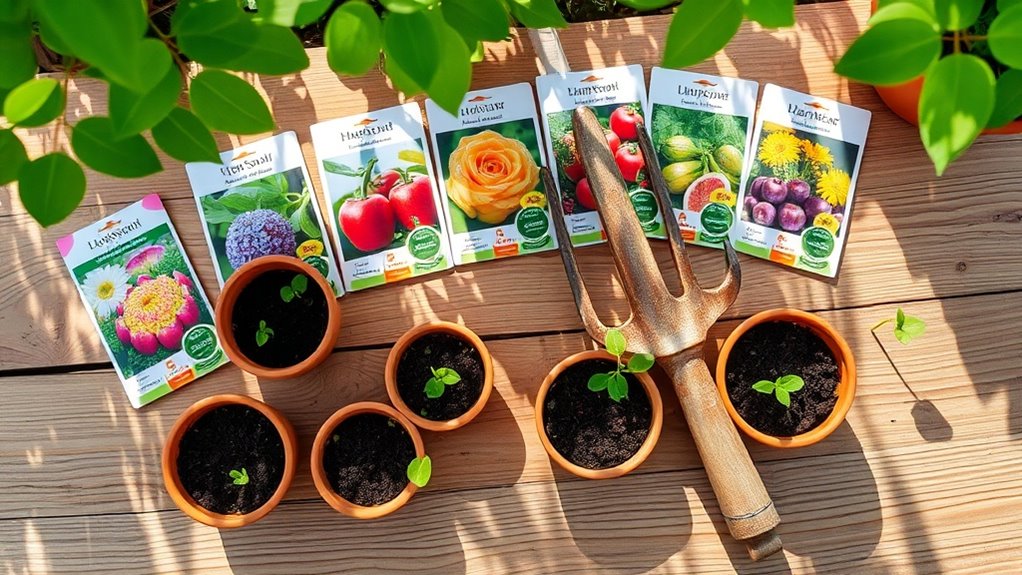Stop Killing Your Houseplants-Do This Instead
Did you know that most houseplants thrive in specific light conditions that are often overlooked? It’s not just about keeping them alive; it’s about understanding their needs to foster healthy growth. If you’ve struggled with wilting leaves or slow growth, it might be time to reassess your care routine. Let’s explore practical steps you can take to create the ideal environment for your plants to flourish.
Key Takeaways
- Assess light needs by observing plant growth; adjust placement and use sheer curtains to diffuse harsh sunlight.
- Water plants only when the top inch of soil is dry, ensuring thorough soaking and drainage to prevent root rot.
- Choose appropriate pots with drainage holes and use potting soil designed for indoor plants for optimal moisture balance.
- Regularly check for pests and diseases by monitoring for yellowing leaves, spots, or sticky residue, and take action promptly.
- Maintain a consistent care routine, including pruning dead leaves and feeding during the growing season for healthy growth.
Understanding Your Plant’s Light Needs
How do you know if your houseplants are getting the right amount of light? Start by observing their growth.
If they’re stretching towards the window, they might need more light. Conversely, if leaves yellow or drop, you could be overexposing them.
Avoid common indoor plant mistakes like placing all plants in the same spot; different species have unique light requirements. Use sheer curtains to diffuse harsh sunlight or rotate your plants regularly for even exposure. Remember, too little or too much light can stunt growth.
Understanding your plant’s light needs is crucial for a thriving indoor garden. Additionally, recognizing common indoor plant mistakes can help you make informed adjustments to your care routine.
The Importance of Proper Watering Techniques
When should you water your houseplants to keep them healthy and thriving? Timing is crucial; check the top inch of soil. If it feels dry, it’s time to water.
Aim for a thorough soak, allowing excess water to drain out. Over-watering can lead to root rot, while under-watering causes stress and wilting.
Pay attention to your plant’s needs—some prefer more moisture than others. Consider factors like humidity and temperature too. Avoiding overwatering is essential for maintaining healthy plants, as it prevents common issues like root rot.
Remember, consistency is key. Establish a routine and adjust it seasonally, ensuring your plants receive just the right amount of water for optimal growth.
Happy watering!
Choosing the Right Soil and Pot
Choosing the right soil and pot is essential for your houseplants’ growth and overall health.
A suitable combination ensures proper drainage, aeration, and nutrient supply.
Here’s what to consider:
- Soil Type: Use potting soil designed for indoor plants, offering the right balance of moisture retention and drainage.
- Drainage Holes: Ensure your pot has holes at the bottom to prevent root rot.
- Pot Size: Select a pot that allows for growth—too small can restrict roots.
- Material: Choose breathable materials like clay or ceramic to help regulate moisture levels.
Additionally, consider using soil types suited for blueberries to provide optimal pH and nutrients, which can enhance your plants’ health.
Make these choices, and watch your plants thrive!
Recognizing Signs of Pests and Diseases
Even with the right soil and pot, houseplants can still face challenges from pests and diseases.
Look closely at your plants for signs like yellowing leaves, wilting, or spots.
Tiny webs or small insects may indicate spider mites or aphids.
If you notice sticky residue, it could mean your plant has a pest problem.
Fungal infections often appear as fuzzy patches or dark spots.
Keep an eye on growth patterns; stunted growth can signal an issue.
Regular checks will help you catch problems early, ensuring your plants thrive rather than suffer.
Implementing early intervention strategies can significantly reduce the risk of widespread damage to your plants.
Stay vigilant, and your green friends will flourish!
Regular Maintenance and Care Tips
Regular maintenance is key to keeping them healthy.
Here are four essential care tips:
-
Watering Schedule: Check moisture levels and water when the top inch of soil is dry.
-
Pruning: Remove dead leaves and spent flowers to promote growth.
-
Fertilizing: Feed your plants every few months during the growing season for added nutrients.
-
Light Conditions: Rotate your plants to ensure even light exposure and adjust their location as needed.
Additionally, understanding common reasons for plant struggles can help you identify issues early and address them effectively.

